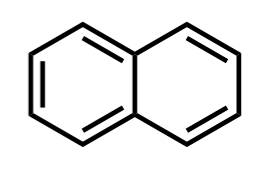

One is a classical mechanism in which PKA activity is regulated by a small second messenger, cAMP the other is a novel mechanism in which PKA activity is regulated by a protein, Misty somites. To date, two mechanisms have been proposed. However, the mechanism by which PKA activity is regulated remains obscure and appears to vary between cell types, tissues, and organisms.

Because both decreased and increased levels of PKA activity cause abnormal cell proliferation and alter cell fate specification, the basal level of PKA activity in Hedgehog-responsive cells should be precisely regulated. In contrast, the activation of Hedgehog signaling in response to Hedgehog increases the active forms of Ci/Gli, resulting in Hedgehog target gene expression. PKA phosphorylates Ci/Gli, promoting the production of the repressor forms of Ci/Gli and thus repressing Hedgehog target gene expression. The main substrates of PKA in this process are the Ci/Gli family of bipotential transcription factors, which activate and repress Hedgehog target gene expression. In the absence of Hedgehog, a basal level of PKA activity represses the transcription of Hedgehog target genes. In Hedgehog-responsive cells, PKA plays key roles in proliferation and fate specification by modulating the transduction of Hedgehog signaling. Protein kinase A (PKA) is a well-known kinase that plays fundamental roles in a variety of biological processes. Tomoya Kotani, in Vitamins & Hormones, 2012 Abstract


 0 kommentar(er)
0 kommentar(er)
